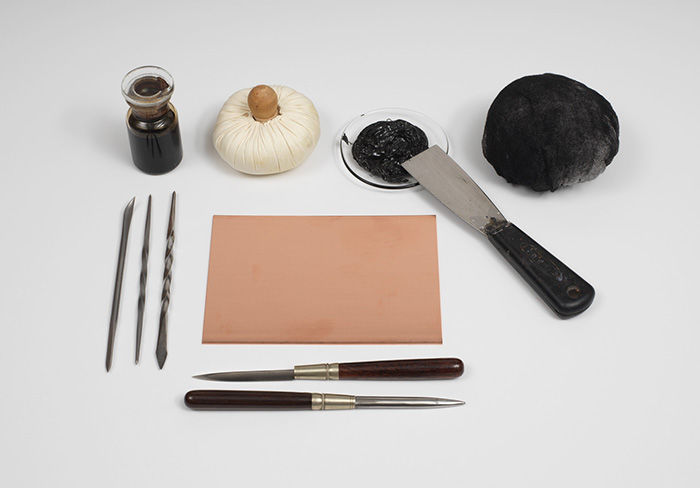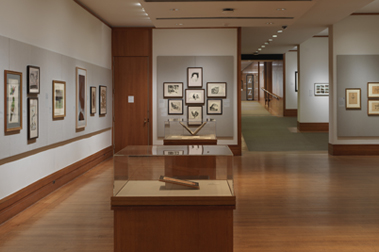Sonning Bank
Sir Francis Seymour Haden British
Not on view
Seymour Haden was the unlikely combination of a surgeon and an etcher. Although he pursued a very successful medical career, he is mostly remembered for his etched work as well as for his writings on etching. He was one of a group of artists, including James McNeill Whistler (1834–1903) and Alphonse Legros (1837–1911), whose passionate interest in the medium led to the so-called etching revival, a period that lasted well into the twentieth century. The extolling of etching for its inherent spontaneous qualities reached its pinnacle during this time. While the line of the etching needle, Haden wrote, was "free, expressive, full of vivacity," that of the burin was "cold, constrained, uninteresting," and "without identity."
View of the Thames river bank at Sonning with distant view of farms and buildings.
"Trial Proofs: (b) Intermediate trial proof. A man fishing in the distance on the right, with his reflection in the water, has been removed, thus leaving an empty space. Also the whole of the work on the left side of the plate, including the cottage and the white horse, and the water and signature in the lower part of the plate, removed."
[Source: Harrington, p. 56]
"State III (Hb). The man fishing on the right, and his reflection in the water have been removed, leaving an unworked oval area from which rises on the left an almost horizontal scratch (fishing pole?). In preparation for publication in Hamerton's book the work on the left side and the lower third of the plate have been removed rather than cutting down the plate."
[Source: Schneiderman, p. 231]

